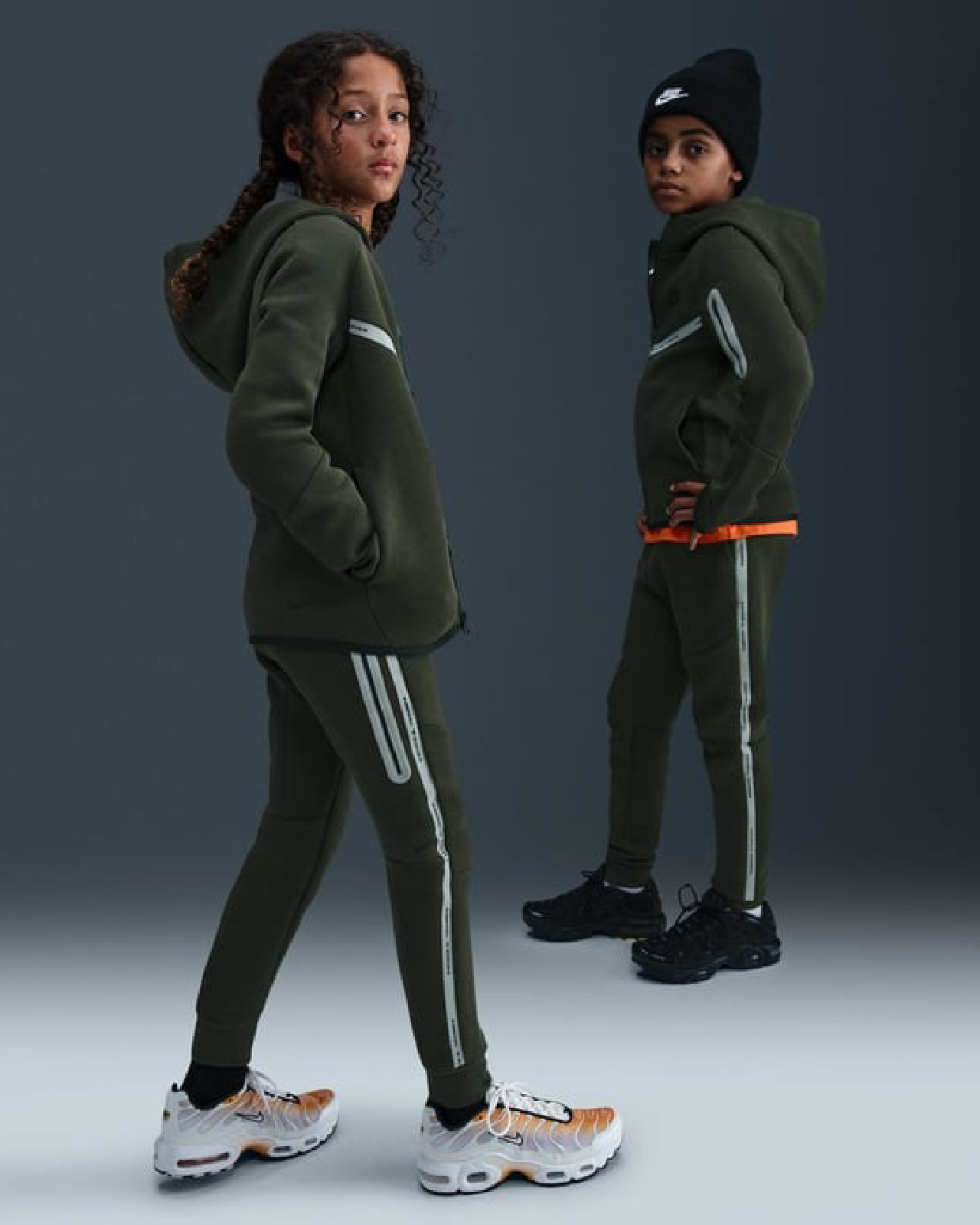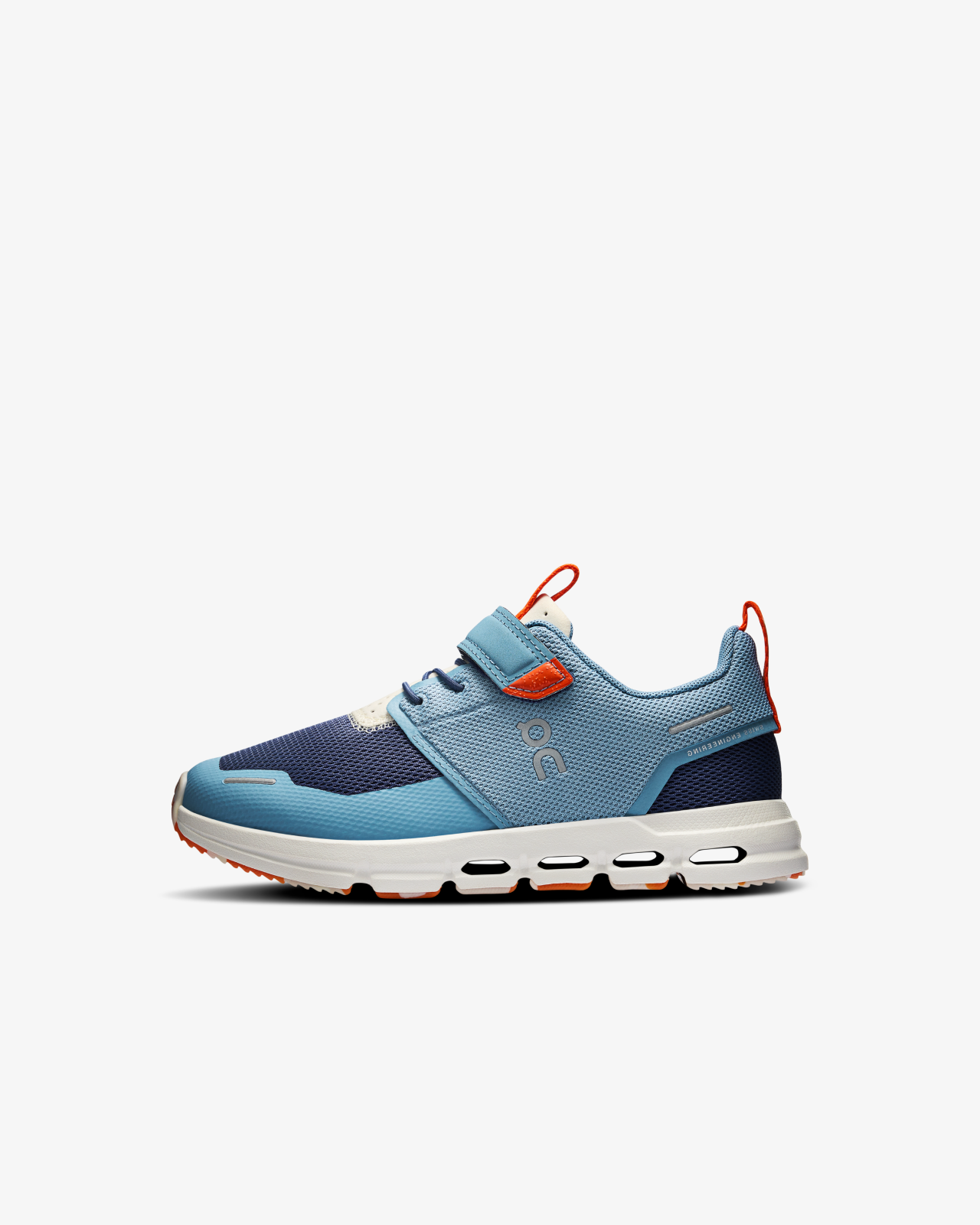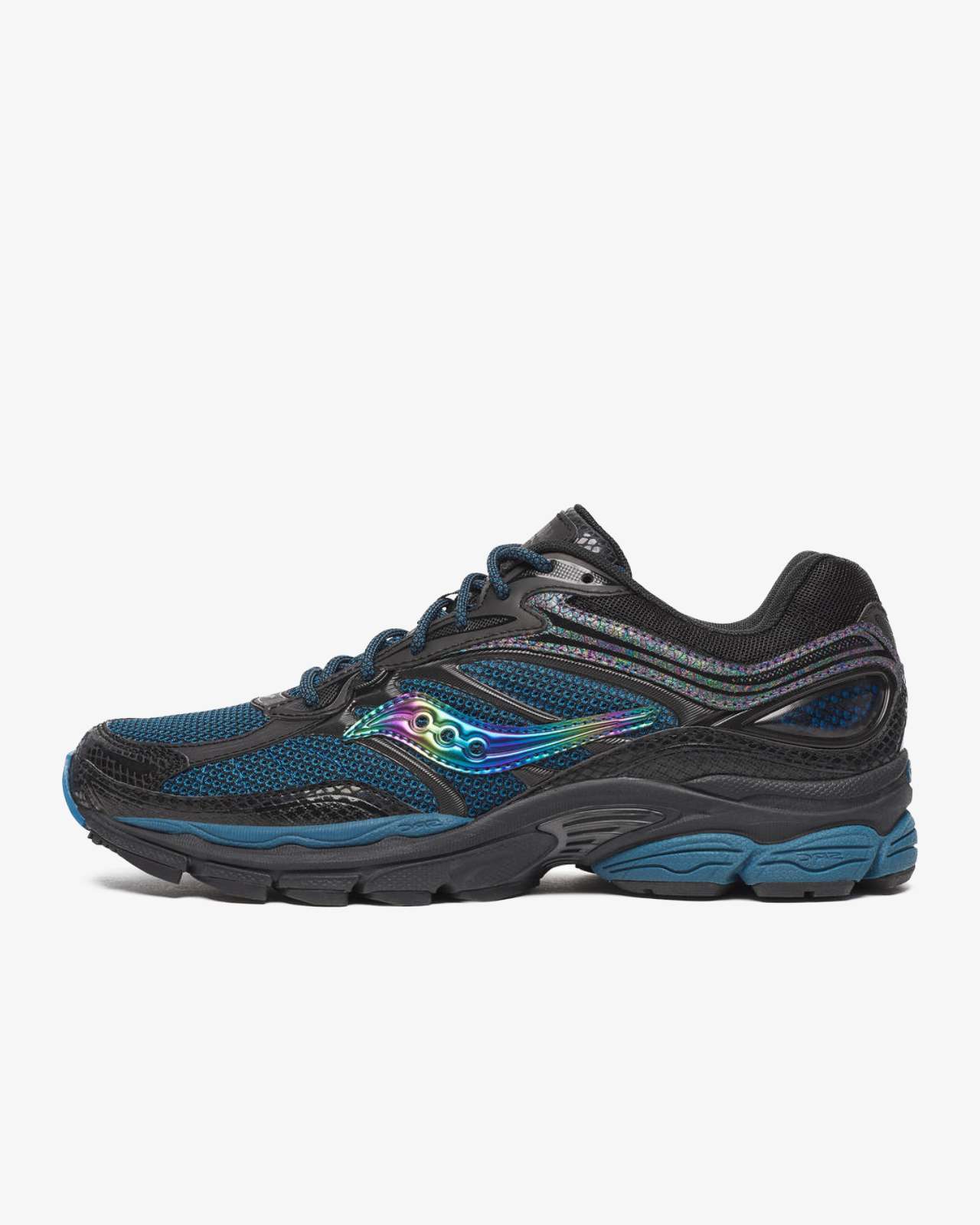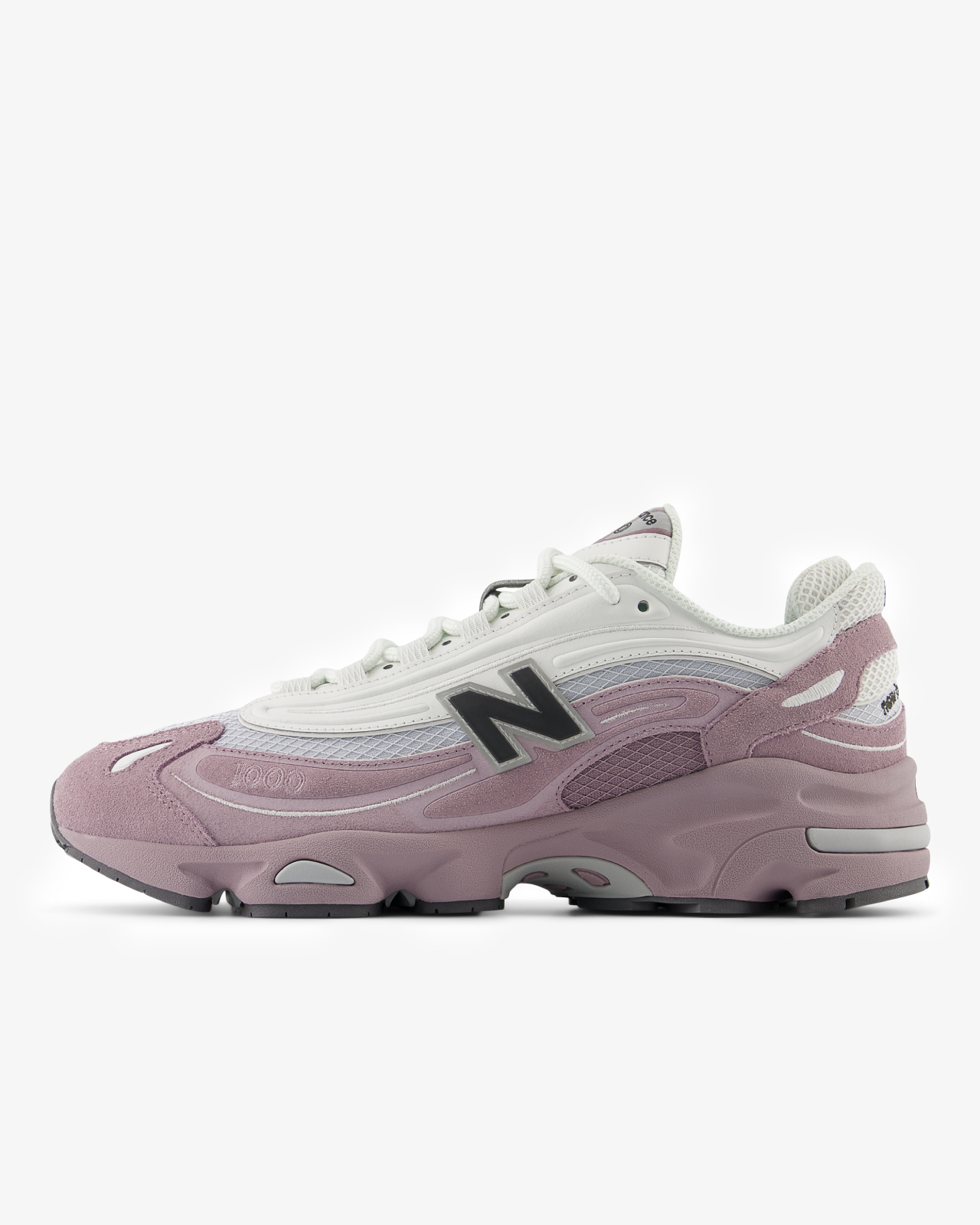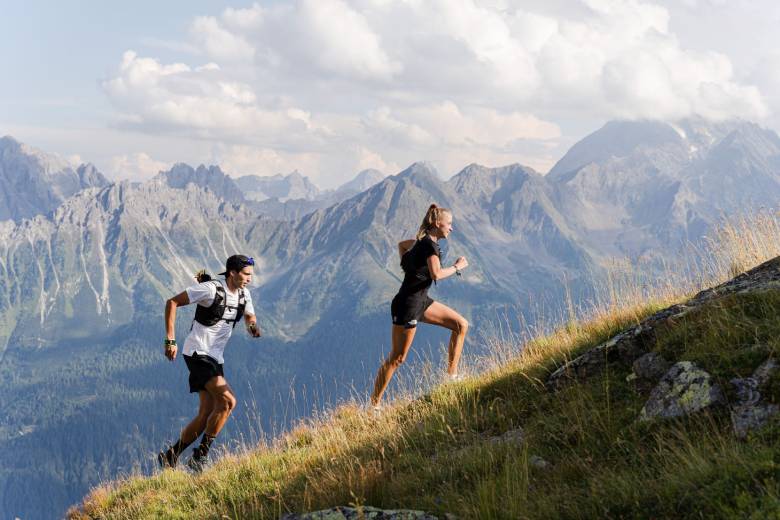Trail running is more than just a sport – it’s an experience that combines the challenge of running with the beauty of nature. But to truly enjoy the rugged terrain, mountain trails, and changing conditions, the right gear is a must. In this article, we’ll take a look at the best trail running gear that will improve your performance and make your workouts safer and more comfortable.
Essential accessories for successful mountain running
When you're planning to embark on a mountain running adventure, a few essential accessories are absolutely essential. They not only enhance your performance, but also ensure your safety while running in varied terrain.
Mountain running shoes
Mountain running shoes are the most important part of your gear. Unlike standard running shoes , mountain models offer:
- Greater traction with grippers suitable for a variety of surfaces
- Additional ankle stability on uneven terrain
- Protection against stones and roots with reinforced construction
- Water resistance in models designed for wet conditions
When choosing the right model, pay attention to the type of trail you run on most often - stony trails require stiffer soles, while for softer terrain you may prefer more flexible models.
Running backpacks
When training over longer distances, running backpacks are indispensable. A good mountain running backpack should offer:
- Lightweight construction that does not restrict movement
- Comfortable straps that do not cause friction
- Enough space for water, food and equipment
- Stable fit that prevents bouncing
Backpacks range from minimalist models (2-5 liters) for shorter runs to larger ones (10-15 liters) for ultramarathons and longer distances. Some models also include a built-in water reservoir, eliminating the need to carry a separate bottle.
Water and hydration bottles
Staying hydrated is critical when mountain running. You have a few options:
Soft flask : Lightweight, compact and easy to store when empty. Hard bottle : More resistant, but heavier. Hydration system : Reservoir with hose, allowing for non-stop drinking.
| Hydration type | Advantages | Disadvantages |
|---|---|---|
| Soft flask | Lightweight, compact, easy to carry | Smaller volume, more fragile |
| Hard bottle | Durable, easy to fill | Heavier, takes up more space |
| Hydration system | Convenient for use on the go | More difficult to clean and fill |
How to choose the right shoes for mountain running
Trail running shoes are perhaps the most important investment you'll make for this sport. Here's what you should consider when choosing one:
Terrain type
The different models are designed for specific terrains:
- Soft terrain : Longer lugs for mud and wet surfaces
- Technical terrain : Stiffer construction with toe protection
- Mixed terrain : Universal models with balanced traction
Women's and men's characteristics
Women's and men's running shoes differ significantly in construction. Women's models usually have:
- Narrower heel
- Wider front
- Specific cushioning tailored to the lower weight
Men's models offer:
- A broader base for stability
- Harder sole for added protection
- Different distribution of softening
Key features
When choosing shoes for mountain running, pay attention to:
- Traction – the grippers must match the terrain
- Stability – especially important on uneven surfaces
- Protection – reinforced front and side support
- Weight – lighter shoes allow for faster movement
- Drainage – ability to drain water when crossing streams
Additional accessories for comfort and safety when mountain running
Besides basic gear, additional accessories can make your mountain running a more comfortable and safe experience, especially in variable conditions.
Specialized clothing
Appropriate clothing is key to maintaining comfort while running:
- Technical T-shirts – lightweight and breathable, made of synthetic fabrics that wick away moisture
- Shorts or leggings – with pockets for energy gels and keys
- Jackets – lightweight softshell models for protection from wind and light rain
- Sports bras – specially designed for high-intensity activities (for women)
In colder weather, a layering strategy is most effective – a base layer that wicks away moisture, a mid layer for insulation, and an outer layer for weather protection.
Specialized socks
Don't underestimate the importance of quality hiking socks. They are critical for preventing blisters and discomfort. Good hiking socks offer:
- Seamless construction that reduces the risk of chafing
- Compression in the midfoot for stability
- Reinforced heel and toe for durability
- Specific areas with softening
Belts and carrying accessories
For shorter runs, when a backpack is unnecessary, you can reach for:
- Running belts – with pockets for phone, keys and energy gels
- Running vests – distribute weight evenly and do not restrict movement
Safety accessories
When running on mountain trails, safety should be a priority:
- Headlamp – a must if you run in the dark or early morning
- Sports glasses – protect your eyes from sun, wind and branches
- Compression sleeves – reduce muscle fatigue and protect against abrasions
Investing in quality mountain running accessories is worth every penny. They not only improve your comfort, but also allow you to train more effectively and safely, regardless of the terrain or weather conditions.
Conclusion
Mountain running undoubtedly requires specific gear to meet the challenges of the terrain and changing conditions. By starting with the right running shoes that offer the necessary traction and stability, and adding functional accessories like backpacks, water bottles, and specialized clothing, you create the foundation for successful training.
Whether you're a beginner runner entering the world of mountain running or an experienced athlete striving for maximum efficiency, investing in high-quality accessories will significantly increase your comfort and performance.
Browse our selection of the best brands and models of mountain running clothing and accessories and find the gear that suits your needs. Are you ready to take your mountain training to the next level?
